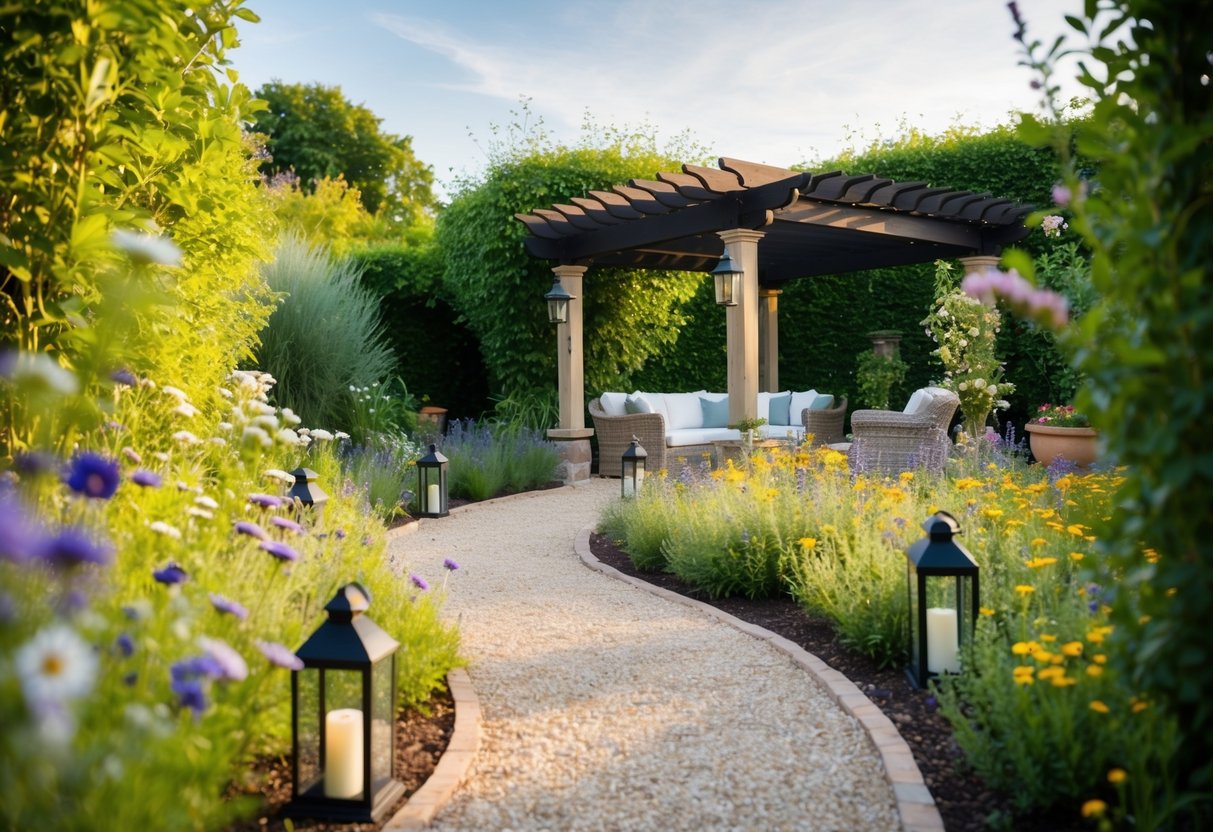
Creating Rock and Boulder Accents
Incorporating rocks and boulders into garden paths offers a blend of functionality and aesthetics. These natural elements contribute to a rustic charm, while also providing stability and guiding foot traffic. Stones of various sizes can be strategically positioned to enhance visual appeal and create inviting walkways.
Accentuating Paths with Rock Features
Strategically placed rocks can transform a simple garden path into a visually interesting space. Larger boulders can serve as focal points, drawing the eye and creating a sense of natural design. Smaller stones can line the edges of pathways, helping to delineate the path without being overwhelming.
In terms of aesthetics, using different types of stones adds texture and contrast. Smooth river rocks create a serene atmosphere, while jagged stones offer a rugged appeal. Mixing stone types ensures a dynamic look, catering to different moods and styles. It’s important to consider maintenance, as the positioning of these rocks should not impede regular path cleaning or garden upkeep.
Building a Rock Garden Path
Constructing a rock garden path involves choosing appropriate rock sizes and placement. Start by laying a base layer of smaller gravel to provide drainage and stability. Larger, flat stones can then be arranged on top to form the walking surface, ensuring they are level to prevent tripping hazards.
For DIY enthusiasts, sourcing local rocks can not only reduce costs but also ensure the materials blend naturally with the surrounding landscape. As they build, it’s useful to leave small gaps between the rocks. This allows for the growth of moss or groundcovers, which further enhances the rustic feel. Each project will vary based on the size and shape of the stones available, allowing for unique, custom paths.
Illustrious Examples and Inspiration
Explore how creative DIY projects can breathe life into outdoor spaces with exquisite garden paths. Discover the unique charm of cottage-inspired designs while integrating personal touches.
Spotlight on DIY Garden Path Projects
Handcrafted garden paths offer an outlet for artistic expression. He or she can use materials like reclaimed brick, gravel, or stepping stones to design walkways that suit specific styles. Each path becomes a personal statement, reflecting the homeowner’s taste.
Consider paths made from mismatched tiles for an eclectic feel or neatly laid out pebble designs for a more organized appearance. The use of natural and locally sourced materials not only lends authenticity but also often reduces costs. Lighting can enhance these paths, offering ambiance after dark.
Showcasing Cottage Garden Paths
Cottage garden paths are defined by their informal, whimsical aesthetics. These paths often wind through flowerbeds, making them feel like secret trails. They may weave past charming features such as arbors or benches, inviting visitors to linger.
Traditionally, these paths use natural stone slabs or gravel, effortlessly blending with the landscape. The inclusion of fragrant plants along the edges enhances the sensory experience. Butterflies and birds find refuge in such inviting landscapes, adding to the enchantment. The emphasis is on creating a serene, picturesque setting.